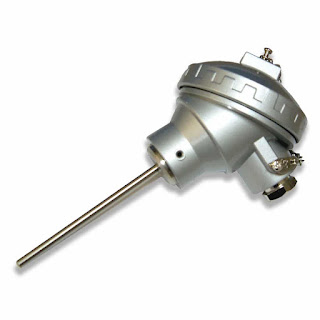What are the primary elements used for flow measurements? And flow measurements unit and formula

Flow measurement primary elements. Flow measurement is an essential process in many industries, including oil and gas, chemical, water treatment, and food and beverage. The primary objective of flow measurement is to determine the amount of fluid or gas that passes through a pipe or a channel per unit time. Flow measurement helps in controlling and regulating the process, optimizing efficiency, and ensuring safety. Different flow measurement techniques use various primary elements to determine the flow rate of fluids or gases. In this article, we will discuss the primary elements used for flow measurements in detail. Orifice Plates Orifice plates are the most commonly used primary elements for flow measurements. They are thin, flat circular plates with a concentric hole in the center, placed in the flow stream. Orifice plates cause a reduction in pressure and increase in velocity of the fluid or gas, which is proportional to the flow rate. The difference in pressure between the u...




.jpg)
